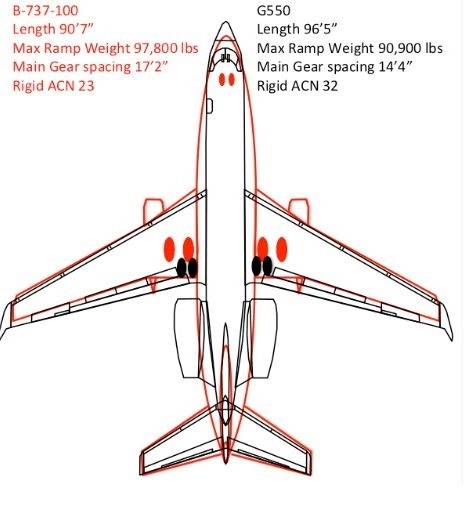
ZFW Components
It includes the aircraft’s basic operating weight (structure, systems, avionics), payload (passengers, baggage, cargo), and any additional items that are onboard (but excluding fuel).
Purpose of ZFW:
ZFW is crucial for flight planning and weight and balance calculations. It ensures that the aircraft can safely carry its intended payload without exceeding structural limits before accounting for fuel.
Operational Importance:
The ZFW helps prevent overloading of the aircraft structure, particularly the wings, which are designed to carry the weight of fuel. As fuel is burned during flight, the overall weight decreases, so starting within safe limits is essential.
Regulatory Compliance:
ZFW limits are specified in the aircraft’s operational and certification documents, such as the Aircraft Flight Manual (AFM) or Weight and Balance Manual. Exceeding the ZFW can have serious implications for safety and aircraft performance.
ZFW in Flight Operations:
Pre-flight Planning: Dispatchers and flight crews use the ZFW during flight planning to ensure the aircraft is not overloaded, allowing for the safe addition of fuel up to the Maximum Takeoff Weight (MTOW).
Weight and Balance:
ZFW is a critical part of the weight and balance calculations that affect the center of gravity (CG) and overall flight stability.
For example, if an aircraft’s ZFW limit is 50,000 lbs and the aircraft weighs 48,000 lbs with passengers and cargo, only 2,000 lbs more can be added to remain within the safe ZFW. Fuel is then added separately while ensuring that the combined weight of fuel and ZFW does not exceed MTOW.
ZFW plays a crucial role in maintaining flight safety and efficiency by ensuring the aircraft operates within its design limits.
Author – Gabriele Mieli






